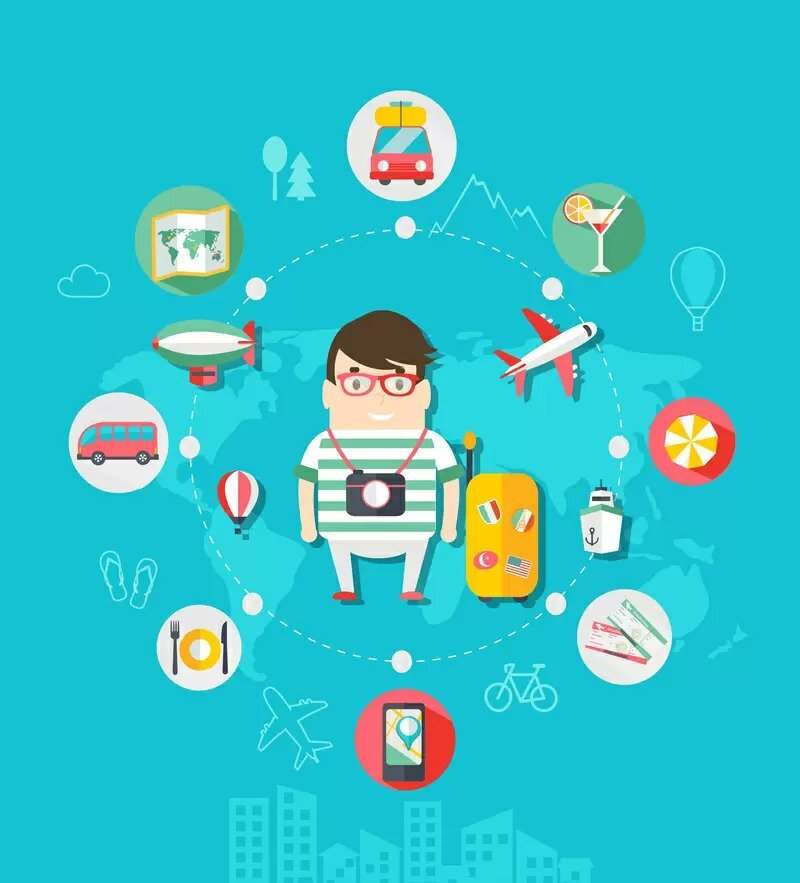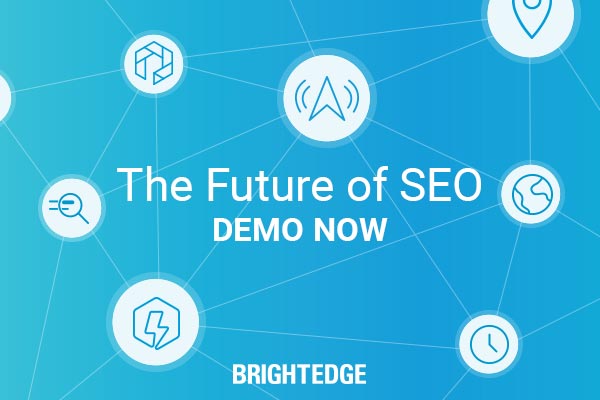Mapping Content to the Customer Journey


The customer, or buyer's journey, is a path that all consumers must progress through on their way towards making a purchase. It describes your initial discovery that you have a problem that you want to resolve, through your research and finally your conclusion of the best brand to fit your needs. After you make the purchase, the efforts made by the business to ensure that you had an outstanding experience with your purchase will complete the buyer’s journey.
It is significant to note that in our tech-driven world, an estimated 67 percent of the buyer’s journey is done online. To engage today’s customers, you need to have the content they want.
The first stage is the awareness stage. Here people are starting to notice that they might have a problem and they take to the Internet to find a solution.
The second stage is the consideration stage. Now you have begun to find potential solutions, but you are still debating the direction you want to take.
The third stage is the decision stage. Now that you have spent time reading about the different possibilities and the brands, the buyer will begin to narrow their choices down and make a final decision.
The post-purchase stage comes next. Now the brand will work to continue to engage the user to help them get the most out of their purchase and encourage them to become repeat customers.
What do people look for throughout the customer journey?
You will need to begin by laying out your customer journey and your buyer personas side-by-side. Think about the types of concerns people have at each stage and plot keywords and topic ideas for each one. To illustrate:
Awareness stage: customers here ask broad questions. Their keywords tend to focus on problems they are experiencing or how to improve something. They like blog posts, infographics and videos.
Consideration stage: customers will be more interested in learning about your company and products specifically. The right keywords will be your brand name or the type of service that is preferred. Types of content you should have available include webinars, ebooks, white papers and reports.
Decision stage: here people are making their final decision, so expect pointed queries, such as your brand vs. a competitor. Offer these consumers free trials, consultations and tutorials.
Post-purchase stage: help people understand how to get the most out of your products and services. Focus on providing continuously high customer service to build loyalty and encourage repeat customers.
How do I align my content to the customer journey?
- Look at the content you already have and map it out to your needed content and keywords at each stage of the journey. Consider the topics, keywords and types of content you use.
- Look for potential holes in your content availability, including how topics are covered in different types of content.
- Create the content needed to fill in any holes and use your distribution system to get it in front of the intended audience.
When you align your content to your customer journeys, you gain a better understanding of who you are writing for and how well your pieces are impacting other people. Take the time to map them and see how you can make your content efforts shine.


